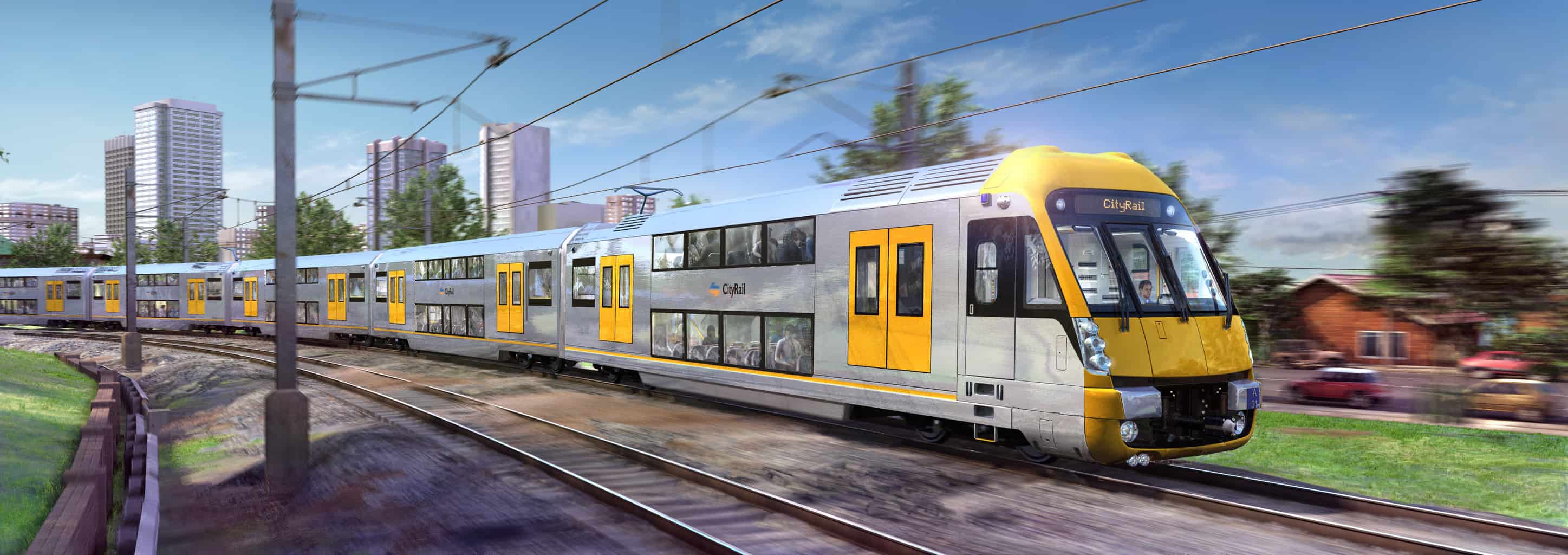The OHS investigation process into the deaths of installers of insulation in Australia has led to charges being laid against Arrow Property Maintenance Pty Ltd.
On 28 June 2010, Queensland’s Department of Justice and Attorney-General has charged the company with breaches of both the Electrical Safety Act 2002 and the Workplace Health and Safety Act 1995 following an extensive investigation into the fatal electrocution of a 16-year-old teenage insulation installer in Stanwell in 2009.
The charges relate to unsafe electrical work and unsafely working at height during the installation of fibreglass insulation.
Interestingly the Department has also mentioned in its media release (not yet available online) a separate prosecution under the Electrical Safety Act 2002 that is strengthened by it also being an
“… alleged breach of a Ministerial Notice issued on 1 November 2009 Continue reading “More OHS charges laid over insulation installer deaths”

